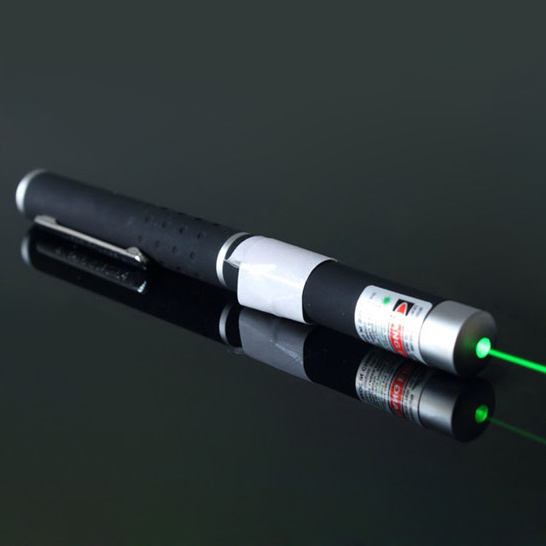A new surface combat ship of the Navy may be equipped with futuristic weapon systems, and these weapons have only appeared in science fiction so far. A senior navy official revealed in a recent interview that he is planning to install laser pointer weapons, electromagnetic guns and even particle beam guns on a new generation of large surface ships. The design dimensions of these ships are comparable to current destroyers or cruisers, and they also have missile launch capabilities.
Director of the Naval Surface Warfare Department: The new design is not only to enhance the hard-kill capability, the number of ship cabins and weapons also needs to be taken into consideration, and at the same time, directed energy weapons and all new things in the development path must not be ignored. Whether it is laser weapons, particle beam weapons, or electromagnetic railguns, any goal in the next 15 to 20 years is what we need to achieve one by one.
These goals mean that we need a sufficiently powerful energy system, which is a fusion of soft and hard killing weapons, directed energy weapons, and kinetic energy weapons. Adequate energy means that we can use directional energy to prevent, and at the same time, it is possible to launch long-range attacks. Fang Ta further emphasized that blocking warfare and electromagnetic warfare also require a large amount of energy supply.
In the future, warships will integrate multiple purposes. It may replace the “Arleigh Burke-class” destroyers and the “Ticonderoga-class” cruisers at the same time, thus becoming a total solution rather than a single solution. Regardless of whether the new generation of ships has a variety of modifications, replacing the “Ticonderoga-class” cruiser in the aircraft carrier battle group is a task it must complete.
I need a flagship with air defense capabilities. Its radar and missile systems-these missiles will be developed in the next 10-15 years, not necessarily the existing ones-can be used for base defense, whether it is with aircraft carriers or expeditions. Clan, oil tankers or long-range strike ships play a role together. The new ship’s shore-based defense and anti-missile capabilities, missile anti-ship capabilities, and the ability to cooperate with aircraft carriers to perform strikes must all meet the standards, but a slightly larger model of the “Arleigh Burke-class” destroyer is sufficient for these tasks.
Unlike the past, the Navy hopes to make this new ship a multifunctional box that can be upgraded. What I am developing is not a ship, but a box that can be continuously added with functions. To be honest, the naval soldiers and engineers agree with me.
The new ship will become an open architecture in a gradual and non-revolutionary way. For Fangta, the open architecture means that the Navy has these materials and can hire others to use those materials to build new systems. “Modularity does not necessarily mean detachable components, they need to be reasonably upgraded under the conditions of technological advancement. I can describe the next generation of weapons, sensors, mechanical components and hull designs that will allow me to develop new ships.
The ship-to-ship missiles of Russia and China are very close to the level, so the navy must increase investment in new missiles, including the research and development of high-speed and long-range weapons. I hope to develop a complete set of ship-to-ship missiles and raise their related capabilities to the level I expect,” Fang Ta continued. “The missile range should reach 100 miles (about 160 kilometers), 200 miles (about 320 kilometers), 400 miles. Miles (about 640 kilometers) or more than 700 miles (about 1120 kilometers), this is my ultimate goal. Not only that, these missiles also need to have the ability to strike both surface and shore targets.
These are just the navy’s early conceptual plans for new ships, and there are at least 15 years away from the green laser pointer construction of the first ship. In addition, the loading of new energy weapons faces many challenges. Providing enough energy is the biggest obstacle, and it is also a place where the Navy must focus on research. Although gas turbines can provide quite powerful energy, this may still not be able to meet the astonishing energy consumption of new weapons. When construction of the new ship starts in 2030, the navy may only have to choose nuclear energy. However, only time will tell us the answer.
